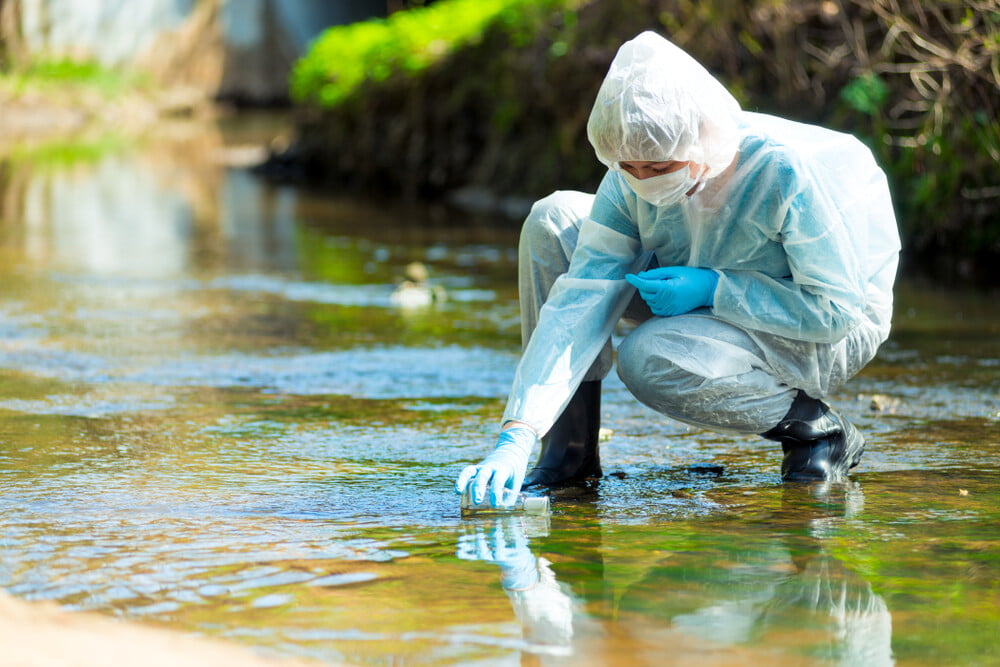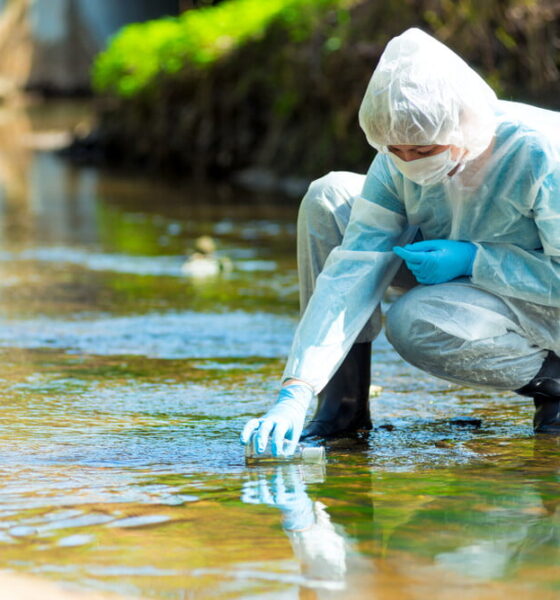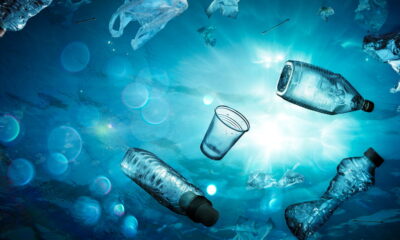

News
Why Scientists Are Concerned About ‘Forever Chemicals’ In Drinking Water
As the green revolution gathers pace, many of us have become more aware of environmental issues and the effects of heavy industry on the natural places around us. As part of this growing awareness, homeowners and experts alike are paying closer attention to the quality of our drinking water.
Recently, concerns have grown over a new class of substances often termed ‘Forever Chemicals.’ These compounds persist for long periods in the environment and have been detected in significant amounts in both public water sources and private well drinking sources.
So, what exactly are Forever Chemicals, how widespread are they, and what might they be doing to us?
What are Forever Chemicals?
The compound scientists are referring to when they use the name Forever Chemicals are Per- and polyfluoroalkyl substances, often shortened to PFAS.
PFAS are human-made, synthetic chemicals that have been highly useful to manufacturers over the past few decades thanks to their oil and water-resistant properties. This makes PFAS chemicals valuable for many products or tasks that require a non-stick function or a protective barrier. However, they can be harmful when they make their way into our drinking water, requiring comprehensive home water filtration systems.
You’re likely to have encountered PFAS substances in frying pans, raincoats, stain-resistant furniture and clothing, paints, and cleaning products. PFAS will also have been involved in the production of many items around your home and neighborhood, as well as being used by the military and in things like firefighting foam.
Why are they in drinking water?
While the fact that PFAS are resistant to water and oil makes them useful to consumers and manufacturers, it also means that they don’t easily break down in the environment.
Since the use of PFAS increased in the mid-twentieth century, large amounts of these substances are thought to have accumulated in the natural environment. This is particularly true of regions with lots of heavy industry or military sites. Agricultural areas may also register high levels of PFAS due to the use of contaminated topsoils and organic fertilizers.
Once PFAS enters the soil, it can persist for many years, giving them their nickname of ‘Forever Chemicals.’ PFAS will then slowly distribute throughout the ecosystem, seeping into surface waterways, from streams to rivers to reservoirs.
While public water treatment utilities should have the technology to be capable of ensuring PFAS doesn’t reach our taps, this doesn’t seem to be happening in every treatment facility. According to the Water Quality Association, more than 16 million people are currently using PFAS-contaminated drinking water.
How might they affect us?
Because the discovery of PFAS pollution is relatively new, and the chemicals themselves have only been around for several decades, the long-term effects of PFAS consumption aren’t entirely clear.
However, scientists do know that repeated exposure to these substances can cause an increased risk of fertility issues and endocrine (hormone) problems. Associations between PFAS ingestion and low birth rates, increased risk of miscarriage, infertility, thyroid conditions, and low testosterone have all been made.
Is it just drinking water?
As noted earlier, PFAS only usually reach the water supply when they’ve permeated through the rest of the environment, meaning that other types of products and activities can also carry a risk of PFAS contamination.
These include contaminated food, working a job that involves handling PFAS products or raw substances, or simply using household goods, such as cleaning products, that contain PFAS.
The breadth of the issue was partly revealed in 2016 when a Maine dairy was shuttered due to the discovery of high levels of PFAS in their milk. An investigation concluded that the farm’s fields were being fertilized with contaminated soil, causing PFAS to be present in the grass that cows were eating.
What can we do about Forever Chemicals?
With so much still unknown about levels of PFAS pollution in our environment, it can be easy to feel like the issue is too big for any one person to react to. But there are simply things that each of us can do to reduce our PFAS consumption.
Perhaps the easiest action we can take is to introduce an extra layer of water filtering at home. Several types of water filters have been proven capable of removing PFAS from water, with each offering different levels of filtration around your drinking water needs.






























